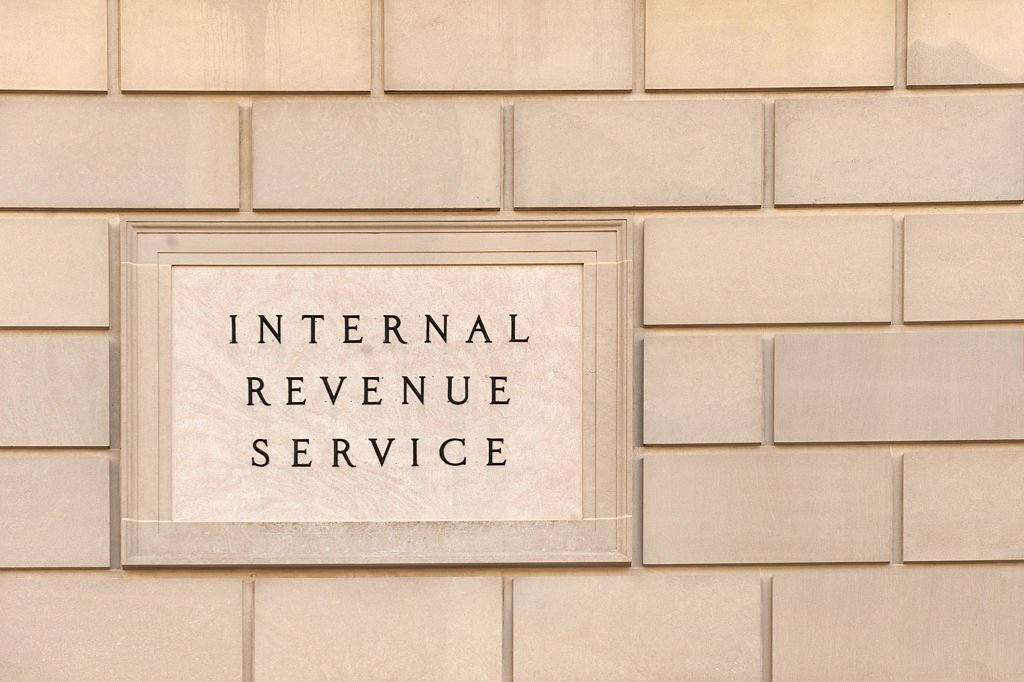I talk about the BBB with my clients a lot. No, this BBB is not the Better Business Bureau; it is the Baby Boomer Bubble. There is constant reference by the news media about the aging of the Baby Boomers but I for one did not know exactly what it meant. So, I Googled it.
What I found is not good news for the accounting profession. The BBB is 76 million of us born in the United States between 1946 and 1964 and we are fairly evenly spread through those 19 years. That means the oldest of this huge bubble are 4 million folks who turned 65 last year. And, we have another 18 years to go!
The CPA profession is a reflection of the BBB with 61 percent of CPA firm partners now over age 50. Every survey you look at highlights succession as one of the top issues of almost every firm. The point of all this is that firms will be retiring and buying out partners at a pace never seen before.
Many of us are looking at our partner agreements for the first time in a long time, trying to determine whether we have structured the buy out provisions in a way that remains fair to all and in particular, affordable to the firm. It is not just the value that we place on the practice but, perhaps as important, the terms under which that value is paid to a retiring partner.
Let’s start with the typical structure of most buyouts. There are two pieces: capital and goodwill. Capital is pretty easy. It is the firm’s accrual based capital and it gets adjusted for the normal things – fair market value of real estate, work in process and receivable reserves, etc. It is paid out to the retiring partner as cash or a note that bears interest, over a relatively short term.
The second piece is the goodwill of the practice and this is where most of the conversation centers. The news here is that the goodwill values used for partner retirements, what I call inside deals, have trended downward over the last decade or so. These are almost always expressed as a multiple of revenue and the generally accepted value used to be one times revenue.
The value discussion here is for traditional accounting firm revenues. If you have significant revenue in your firm from non-traditional services such as financial services, insurance products, pension administration, etc., then these should be valued separately.
The surprise for many of us BBB members is that the new average out there is a little less than 80 percent of revenue. The latest 2012 Rosenberg MAP survey of 369 firms puts the average at about 78 percent. For the 33 largest firms in the survey, those with over $20 million in revenue, their goodwill value is only 72 percent of revenue. Clearly, one times revenue is gone.
So, once we get our heads around the new lower value for our firms, how do we split it up or allocate it among the owners of the firm. More specifically, how do we determine how much to pay to a retiring partner? To quote Marc Rosenberg, “the Multiple of Compensation method is the gold standard in the profession at all sizes and particularly at firms with eight or more partners and, 45 percent of all firms use this method”. There are four or five other methods out there but discussion of them is beyond the scope of this article.
The Multiple of Compensation method uses relative partner compensation to allocate the goodwill value of the firm. Typically, a firm will use an average of three to five years of the retiring partner’s total compensation (not including fringes) as the starting point. The average comp is then multiplied by a factor to arrive at the partner’s share of the firm’s goodwill number.
In a fairly typical example, if a firm is netting 33.3 percent profit before any partner compensation and they are using a goodwill value for the firm of 80 percent of revenue, then the goodwill value is 2.4 times total partner comp. If our retiring partner’s average compensation was $300,000, then the retirement benefit using the 2.4 multiplier is $720,000. Note that the multiplier and the methodology is normally the same for all partners in the firm.
In most firms the goodwill gets paid out in the form of deferred compensation (ordinary deduction to the firm and ordinary income to the partner). Terms range from five to ten years, with no interest. Seven to ten year terms are more common than five. The CPA’s reading this are thinking “but with no interest, the value used for the firm is really less than 80 percent”! Yes, that is correct.
There are many other partner retirement considerations including vesting schedules for age and year’s of service, death and disability provisions, mandatory retirement ages, post retirement employment, client transition expectations and caps to protect the firm. If you are updating your partner agreements to address the new goodwill values, make sure you are bringing the entire agreement up to date.
It is probably time to pull those agreements out of the drawer, dust them off and take a look!
————————-
Gary Adamson is the President of Adamson Advisory, specializing in practice management consulting for CPA firms. He is an Indiana University graduate and has extensive hands on experience as the recent managing partner of a top 200 CPA firm. He can be reached at (765)488.0691 or gadamson@adamsonadvisory.com. For more about Adamson Advisory, visit www.adamsonadvisory.com.
Thanks for reading CPA Practice Advisor!
Subscribe Already registered? Log In
Need more information? Read the FAQs
Tags: Advisory, Benefits, Firm Management




